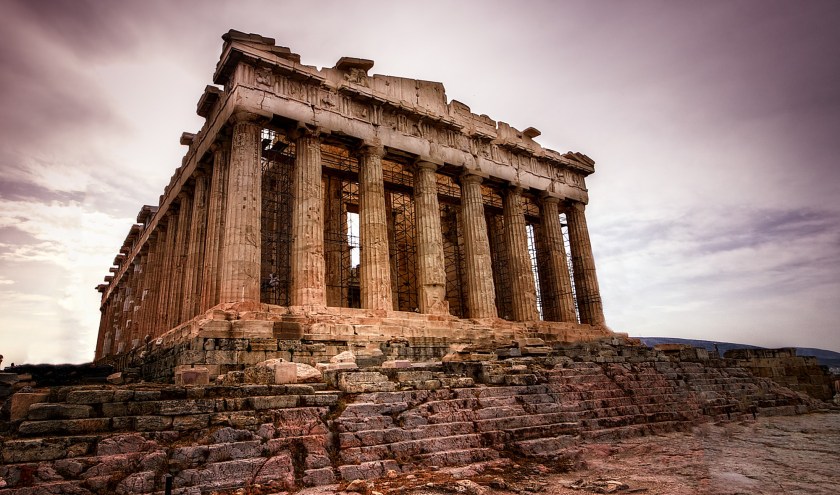
When studying the fundamentals of any creative medium, you’re taught a set of established rules and principles. In photography, it’s the rule of thirds. In all things design, it’s the golden ratio. Originating in Euclid’s Elements, two objects are in a “golden ratio” if their ratio is the same as that of their sum to the larger of the two quantities. When this ratio is expressed as a number, it’s written as 1.6180. However, the ratio is a non-integer, like Pi, meaning that it goes on forever. Therefore, the golden ratio can never really exist in the real world.

Despite this mathematical debunking, the golden ratio has held true as a design standard for decades. It’s a rule that’s said to have been incorporated in the building of the Pyramids at Giza, the Parthenon, the Mona Lisa, and more recently, the Apple logo. Whether or not this is true is unclear. What is clear is that the myth has been perpetuated. John Brownlee, from Fast Company, dives into the world of mathematics and design to find out how the fable of the golden ratio came about. Read his story here.
This article was featured in the InsideHook newsletter. Sign up now.























